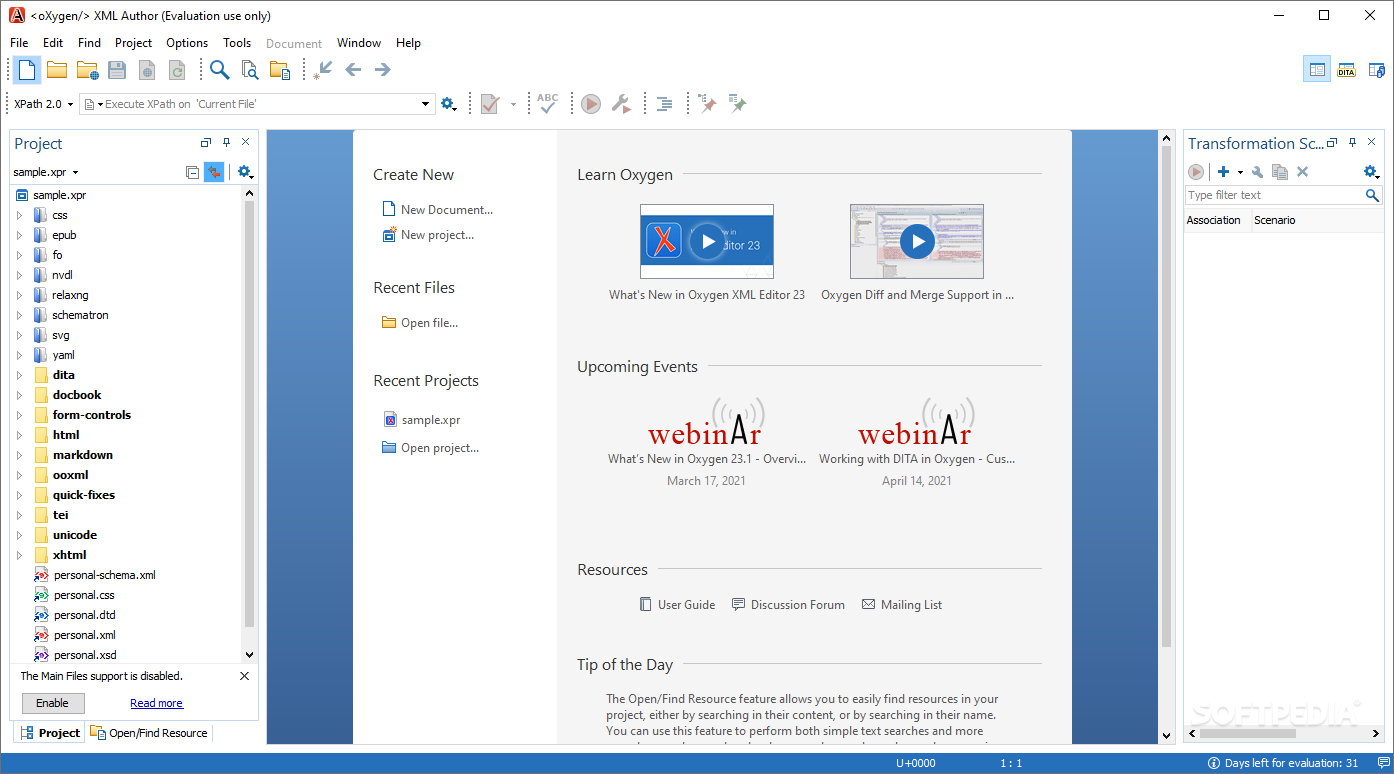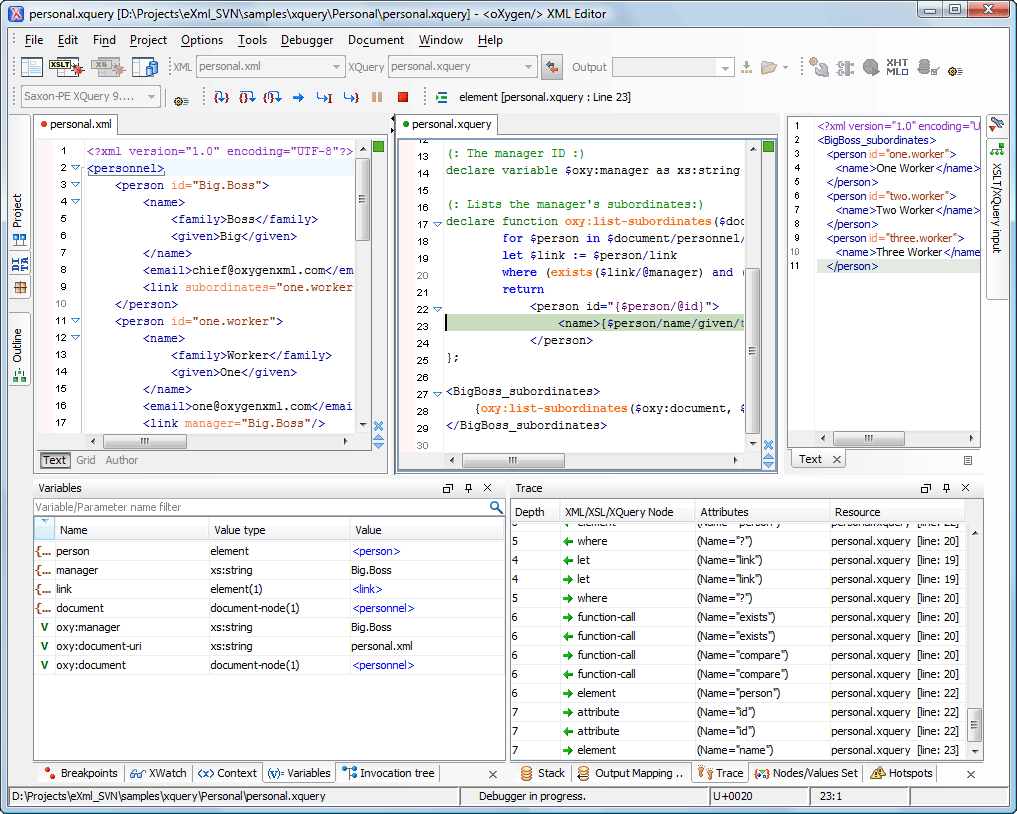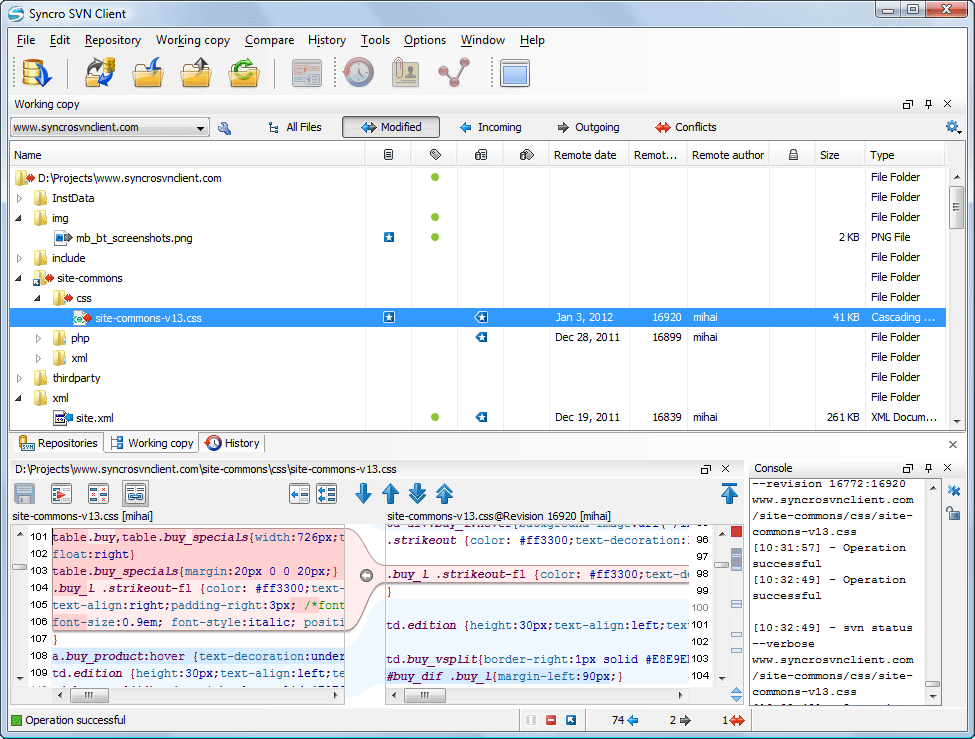

- Oxygen xml editor 14.1 how to#
- Oxygen xml editor 14.1 mac os#
- Oxygen xml editor 14.1 full#
- Oxygen xml editor 14.1 software#
- Oxygen xml editor 14.1 iso#
The Content Wrangler Community on LinkedIn has been having a lively debate on the possible imminent death of WYSIWYG editing.
Enhanced reviewing aids (introduced in 14.2). Forms based attribute editing for authors and SME’s (introduced in 14.1). I can’t and won’t cover a long list, but will call out two recent additions that are worthy of special consideration for content developers: The list of features in oXygen, whether in the authoring package or the development package, is immense – and most of them are really useful, which is really rare. Oxygen xml editor 14.1 software#
It has connectors to software version control, and component CMS systems, as well. OXygen is packaged in a variety of formats: standalone desktop client, Java Web Start (thin) client, or as an Eclipse plugin.
Oxygen xml editor 14.1 mac os#
To the best of my knowledge, oXygen is the only product of its type that is totally cross-platform: Windows, Mac OS X, Linux, Solaris. The author tool supports Microsoft Open Office XML (OOXML) as well as the Open Document Format (ODF) used by Open Office and its descendents. The developer tools include converters between different schema languages. DITA publishing is done through the DITA Open Toolkit. It successfully and seamlessly integrates a number of tools, including validation software and rendering engines, many of them open source, to help XML authors and developers do their work.
oXygen XML Editor packages all of these together. oXygen XML Developer is an environment for editing and developing DTD, CSS, XQuery, XSLT, and a variety of schema languages. oXygen XML Author is an XML content authoring tool. OXygen, in fact, is not a product, but a suite of products: In fact, the release of 14.2 is simply an excuse to review the product as a whole, something I feel I ought to do, after reviewing Adobe’s Technical Communication Suite 4 in this blog. This was especially the case with release 14.1 that included forms based editing of XML attributes – about which more in a moment. I use quotes because Syncro Soft, the publisher of oXygen, regularly includes major new features in these free, “incremental” upgrades. Metadata are harvested to discovery sites.OXygen’s new release is part of the company’s policy of regularly (every three or four months) releasing “incremental” upgrades. The complete records are checked out from Subversion to a resolved/published WAF. The xlinks in the unresolved files are automatically resolved and the complete files are checked in to a second version control system. These files are automatically checked out from Subversion to a Web Accessible Folder (WAF). These files may contain xlinks to metadata components and are therefore called "unresolved" records. Save metadata files from Oxygen to a version control system (Subversion). Oxygen xml editor 14.1 iso#
Authors edit and validate ISO Metadata using a desktop XML editor (Oxygen).
Oxygen xml editor 14.1 full#
Any full featured XML editor could fit into this architecture in the same slot as Oxygen.
Schematron URL - validation support not available in the basic XSD Schema validationĪ number of metadata managers at NGDC are using Oxygen as their primary metadata creation and maintenance tool in the context of a larger documentation management architecture. Oxygen xml editor 14.1 how to#
How to Set Up Custom Validation in Oxygen. How to set transformation in Oxygen Validating ISO Object Ordering - Ordering of ISO objects. ISO Namespaces - One of the first things you need to do is make sure that the metadata is properly attributed with ISO namespace declarations and schema location. You can associate Schematron schemas as well, by entering the URL: under the Schematron Schema tab. Under the XML Schema tab, enter the URL:. Click on: Document > Schema > Associate Schema. Taking advantage of the Outline panel makes it easy to navigate a potentially large file and can help you get to know an unfamiliar standard. 
Here you can easily organize and edit multiple files.
You can import folders from the desktop or add individual files by creating a Project. Insert the required attributes - there are only a few required attributes in the ISO standards so this one will seem not to make a difference in most cases. This can be very helpful at the beginning as you become familiar with the standard but as you gain experience you may want to turn it off. Add Optional Content to automatically add optional content for any element. Add Element Content to automatically add required content for any element. Options Tab > Preferences > Content Completion. You can take advantage of this using Oxygen's content completion capabilities: 
Once an XML schema is associated with your file, Oxygen knows the details of what can and cannot be in the XML.







 0 kommentar(er)
0 kommentar(er)
